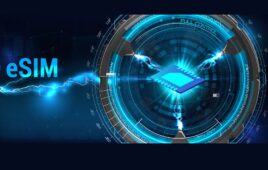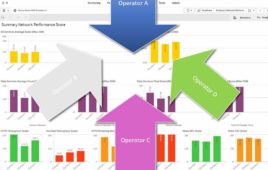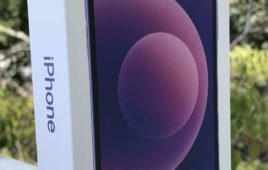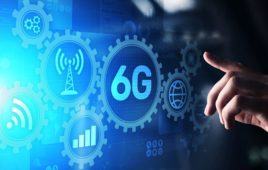LAS VEGAS – At AT&T’s annual Hackathon and Developer Summit, the plan is to be ready for the predicted Internet of Things explosion
To help lead the charge into connecting everything, AT&T announced new APIs and services to help developers build for the carrier’s various connected platforms
New APIs and new partners, including Subaru and Samsung, were announced for both AT&T’s Drive connected car platform and the Digital Life connected home platform. Jeff Bradley, senior vice president of devices, said the new Digital Life APIs are only out in a very limited and controlled manner right now, as the platform takes its first steps toward opening to more devices and services.
But AT&T is much further along in flourishing its connected car platform and just added a new partner in Subaru. With AT&T’s headstart in the connected car space, Ralph de la Vega, CEO of AT&T Mobile & Business Solutions, said he expects AT&T to have a 50 percent share of the new connected car market by next year.
AT&T also took out of beta its M2X Data Service, “a carrier-grade cloud-based data store that makes it easier to collect, analyze, and share times-series data from connected devices,” and gave it a full commercial release. That release coincided with the newly announced beta version of Flow Designer, a visual-based workflow designer.
With all that data coming in real-time, AT&T also announced the AT&T Work platform, allowing enterprises to pay for voice, messaging and data on employees’ personal devices so they can access the information as it comes in.
Claiming to be the first carrier to commercially launch WebRTC, AT&T today also introduced its Enhanced WebRTC API for browser-to-browser communications. The improvements include extending communications to landline and wireless numbers and allowing for easier transfer of call between devices.
The Hackathon finalists took advantage of all the new APIs, building applications that allow for conducting video interviews with potential caregivers, granting limited property access to short-term renters, and waking up drowsy drivers.
With the expected wave of new products and services hitting its network, AT&T stressed the importance of its Domain 2.0 initiative to give its network architecture over to software. Senior Vice President John Donovan called the software-defined network (SDN) the most significant development since the browser.
Donovan outlined AT&T’s work on an open network operating system and collaboration with the Linux foundation for an NFV open platform. He promised that OpenStack will be in more than 100 sites by the end of year.
Just as Donovan closed with a focus on software, De la Vega opened Monday’s keynote with an emphasis on the progress that’s been made with implementing SDN technology and enabling a mobile-first approach and the inevitable move toward the cloud.
“AT&T is the best-positioned company to help make this happen,” De la Vega said.




